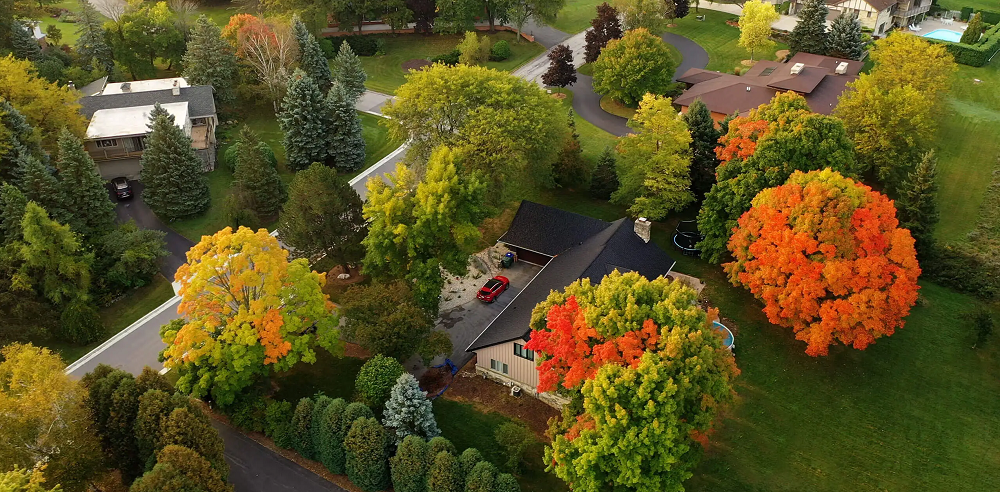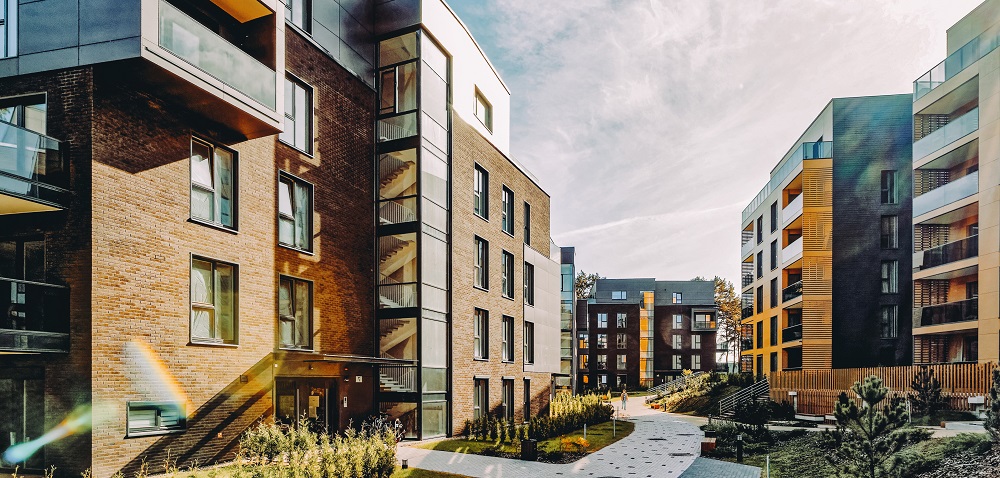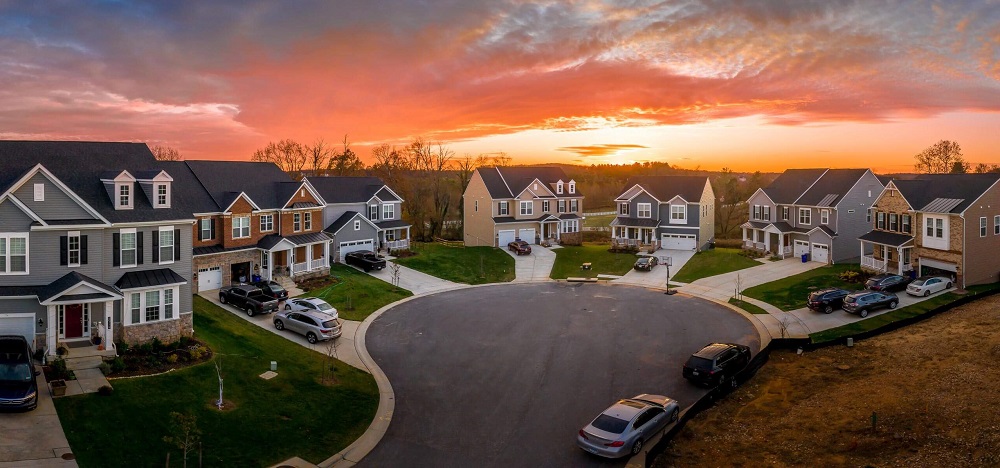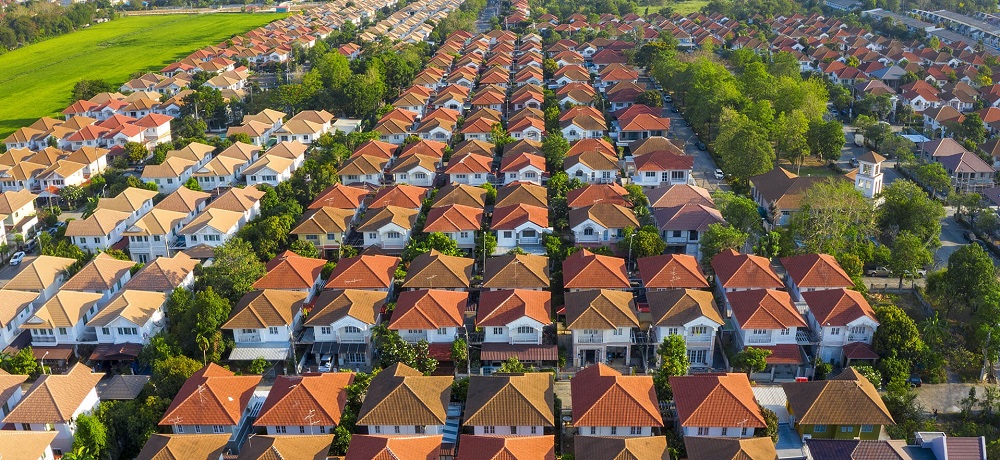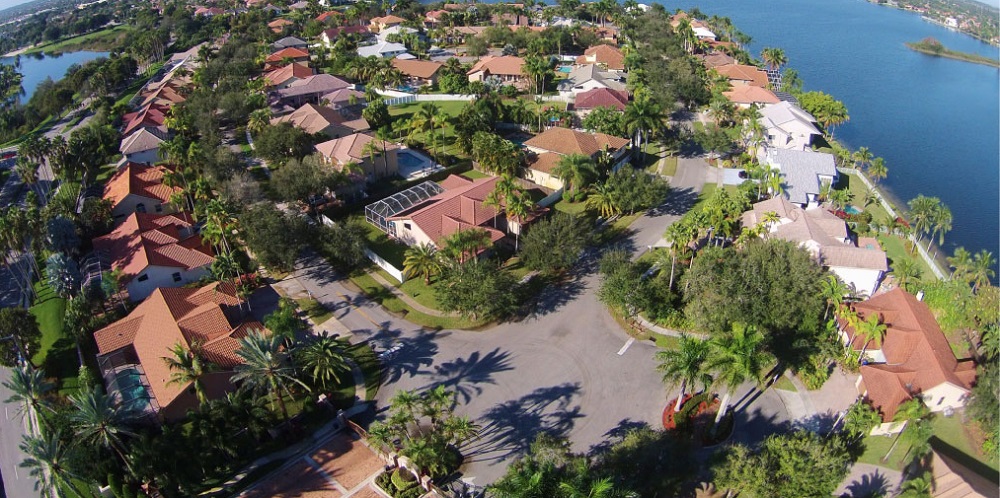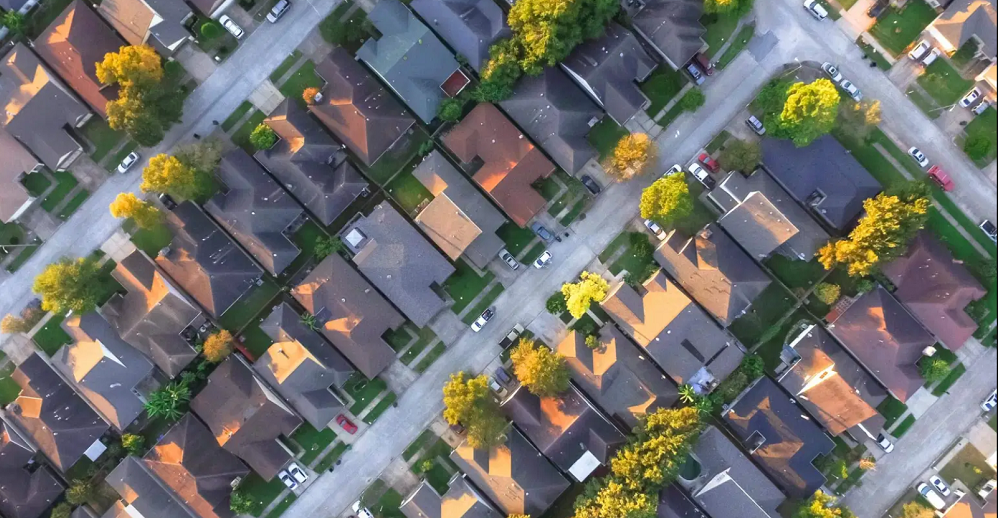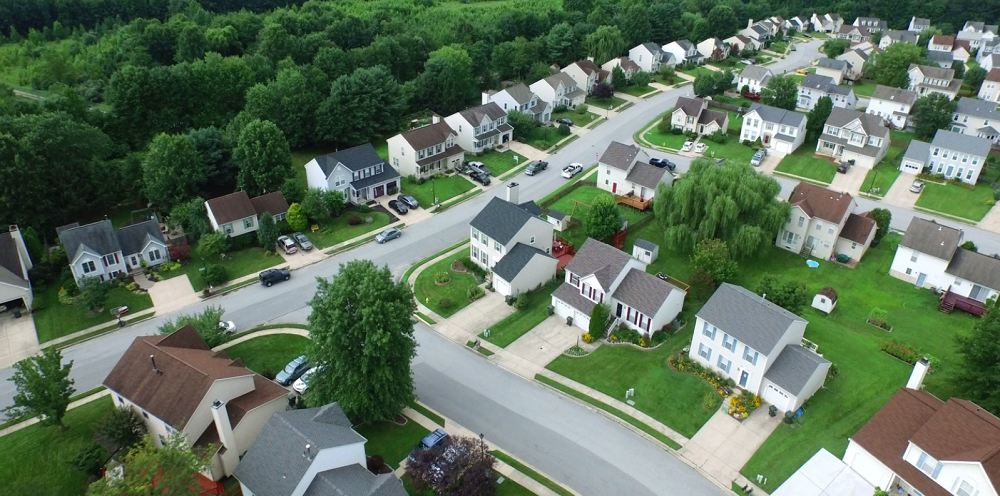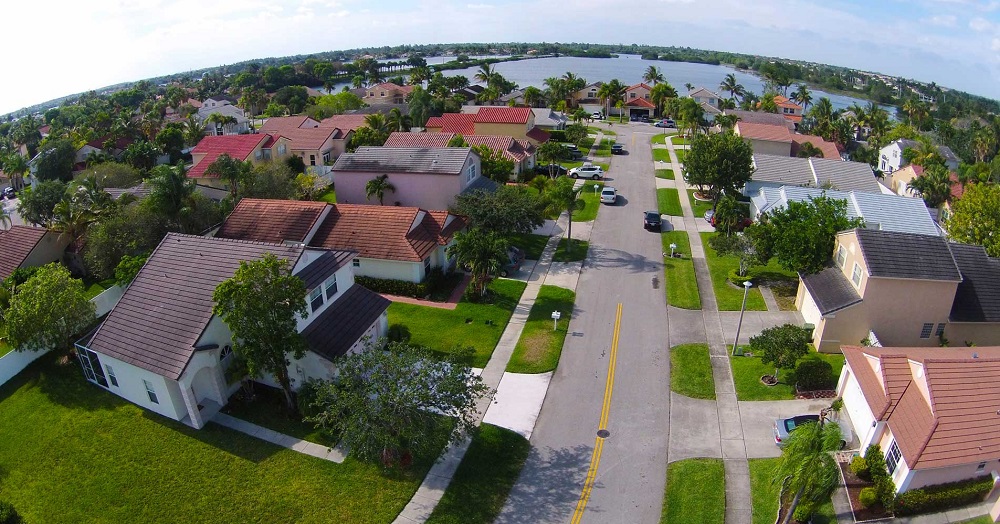At the end of September 2021 – 18 months after the passage of the CARES Act which provided millions of homeowners the protection of COVID-19 payment forbearance – many mortgage loans are expected to reach the end of forbearance. That is, of an estimated 1.7 million mortgage loans that are in forbearance at the start of August, more than 1.2 million loans will reach the maximum 18-month term limit at the end of September, representing 73% of the total forbearance plans.
U.S. single-family rent growth increased 8.5% in July 2021, the fastest year-over-year increase in 16.5 years, according to the CoreLogic Single-Family Rent Index (SFRI). The index measures rent changes among single-family rental homes, including condominiums, using a repeat-rent analysis to measure the same rental properties over time. The July 2021 increase was nearly five times the July 2020 increase, and while the index growth slowed last July, rent growth is running well above pre-pandemic levels when compared with 2019.
The pandemic has influenced homebuyers’ decision on where to buy a home. Our previous analysis showed that homebuyers who relocated to another metro in 2020 were often choosing metros that were either adjacent to their current location, had a lower cost of living or both. Although homebuyers were considering affordability and proximity while buying homes even before COVID-19, the migration rate grew during the pandemic. With the combination of low inventory, low interest rates and a shift to a more flexible working environment
The CoreLogic Loan Performance Insights report features an interactive view of our mortgage performance analysis through June 2021. Measuring early-stage delinquency rates is important for analyzing the health of the mortgage market. To more comprehensively monitor mortgage performance, CoreLogic examines all stages of delinquency as well as transition rates that indicate the percent of mortgages moving from one stage of delinquency to the next.
The nation’s overall delinquency rate was 4.4% in June. The serious delinquency rate fell to its lowest level since May 2020. In June 2021, 4.4% of home mortgages were in some stage of delinquency (30 days or more past due, including those in foreclosure), which was a 2.7-percentage point decrease from June 2020 according to the latest CoreLogic Loan Performance Insights Report . However, overall delinquencies were still above the early 2020 pre-pandemic rate of 3.6%.
The inflation statistics this summer have captured headlines. Economic policy mavens often look at a price index excluding food and energy, referred to as the core price index, which tends to be more stable over time and a less noisy barometer of underlying inflationary trends. Newsworthy was the spike in core inflation: the Consumer Price Index, or CPI, measured a jump in core inflation to 4.5% in June, the highest in 30 years. Rent comprises 40% of the core CPI price index. Tenant rent and housing characteristics are used to impute an “equivalent” rent for owner-occupied homes in the index.
National home prices increased 18% year over year in July 2021, according to the latest CoreLogic Home Price Index (HPI®) Report . The July 2021 HPI gain was up from the July 2020 gain of 5.3% and was the highest 12-month growth in the U.S. index since the series began in 1976. The increase in home prices was fueled by low mortgage rates, low for-sale supply and a rebounding economy. Projected increases in for-sale supply and moderation in demand as prices grow out of reach for some buyers could slow home price gains over the next 12 months.
The CoreLogic Home Price Insights report features an interactive view of our Home Price Index product with analysis through July 2021 with forecasts from July 2022. Home prices nationwide, including distressed sales, increased year over year by 18% in July 2021 compared with July 2020 and increased month over month by 1.8% in July 2021 compared with June 2021 (revisions with public records data are standard, and to ensure accuracy, CoreLogic incorporates the newly released public data to provide updated results).
Investor activity in real estate markets during the COVID-19 pandemic has mirrored the market as a whole. Investor purchases reached their lowest point in May 2020 with a year-over-year decline of 36%. Since then, they’ve still only recovered with a year-over-year increase of 12% in December of last year. Given the all-encompassing nature of the COVID-19 recession, this should not be surprising. Even though investor purchases are up, their market share is down.
Consumer confidence has risen to its highest levels since the onset of the pandemic. But while many consumers are planning to buy homes, cars, and major appliances, there are still about 2 million homeowners behind on their mortgage payments and/or in forbearance programs. Fortunately, a multitude of loss mitigation waterfalls, many forbearance safeguards and an abundance of home equity have given those borrowers an opportunity to keep their homes when the foreclosure crisis finally sunsets.
For many millennials, the pandemic has been anything but an obstacle to leaving their rent-based urban lifestyle behind and settling down — and for good reasons. With plummeting interest rates, the timing to buy homes and invest in wealth-building homeownership couldn’t have been more perfect. Shelter-at-home and remote work have driven a desire for larger living space and privacy which are often lacking in apartments.
U.S. single-family rent growth increased 7.5% in June 2021, the fastest year-over-year increase since at least January 2005\[1\], according to the CoreLogic Single-Family Rent Index (SFRI). The index measures rent changes among single-family rental homes, including condominiums, using a repeat-rent analysis to measure the same rental properties over time. The June 2021 increase was more than five times the June 2020 increase, and while the index slowed to a post-pandemic low last June, rent growth is running well above pre-pandemic levels when compared with 2019.
The CoreLogic Loan Performance Insights report features an interactive view of our mortgage performance analysis through May 2021. Measuring early-stage delinquency rates is important for analyzing the health of the mortgage market. To more comprehensively monitor mortgage performance, CoreLogic examines all stages of delinquency as well as transition rates that indicate the percent of mortgages moving from one stage of delinquency to the next.
The nation’s overall delinquency rate was 4.7% in May. All U.S. states and metro areas posted annual decreases in their overall delinquency rates. In May 2021, 4.7% of home mortgages were in some stage of delinquency (30 days or more past due, including those in foreclosure), which was a 2.6-percentage point decrease from May 2020 according to the latest CoreLogic Loan Performance Insights Report. However, overall delinquencies were still above the early 2020 pre-pandemic rate of 3.5%.
Consumer confidence has risen to its highest levels yet since the onset of the pandemic. And while many consumers are planning to buy homes, cars and major appliances in the coming months, there are still about 2 million homeowners behind on their mortgage payments and/or in forbearance programs. Nevertheless, as COVID-19-related economic restrictions lessen and federal- and state-level protections expire, so will the forbearance programs.
Mortgage rates hit a record low in the U.S. at the beginning of 2021. That was one factor that led to the acceleration in annual home-price growth to double-digit levels this year in many communities. While each of us may see the pick-up in price growth in our neighborhoods, that experience is not unique to Americans. Many countries chose aggressive economic policy to combat the 2020 recession. As examples, the central banks in the U.S., Australia, Canada, and New Zealand cut interest rates.
Home prices nationwide, including distressed sales, increased year over year by 17.2% in June 2021 compared with June 2020 and increased month over month by 2.3% in June 2021 compared with May 2021 (revisions with public records data are standard, and to ensure accuracy, CoreLogic incorporates the newly released public data to provide updated results).
National home prices increased 17.2% year over year in June 2021, according to the latest CoreLogic Home Price Index (HPI®) Report . The June 2021 HPI gain was up from the June 2020 gain of 4.5% and was the highest year-over-year gain since 1979. The increase in home prices was fueled by low mortgage rates, low for-sale supply and a rebounding economy. Projected increases in for-sale supply and moderation in demand as prices become out of reach for some buyers could slow home price gains over the next 12 months
To use a technical term, housing markets across the nation are “hot.” The news is filled with stories of bidding wars, homes selling in hours and homes selling significantly above the list price — not to mention listing inventory at record low levels and supply-chain constraints pushing lumber prices up 42% YoY in March, adding to new construction costs. Certainly, the housing market has been a bright spot during the COVID-19 pandemic.
U.S. single-family rent growth increased 6.6% in May 2021, the fastest year-over-year increase since at least January 2005, according to the CoreLogic Single-Family Rent Index (SFRI). The May 2021 increase was nearly four times the May 2020 increase. The index measures rent changes among single-family rental homes, including condominiums, using a repeat-rent analysis to measure the same rental properties over time.







